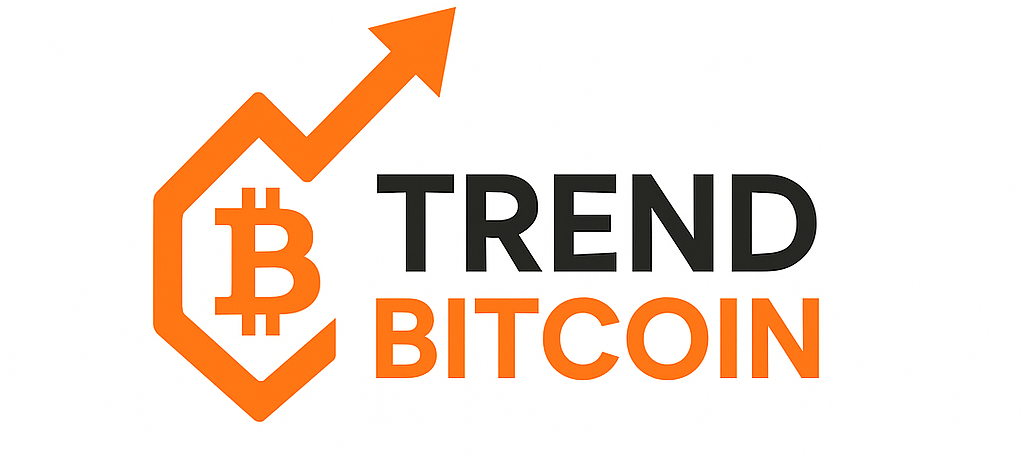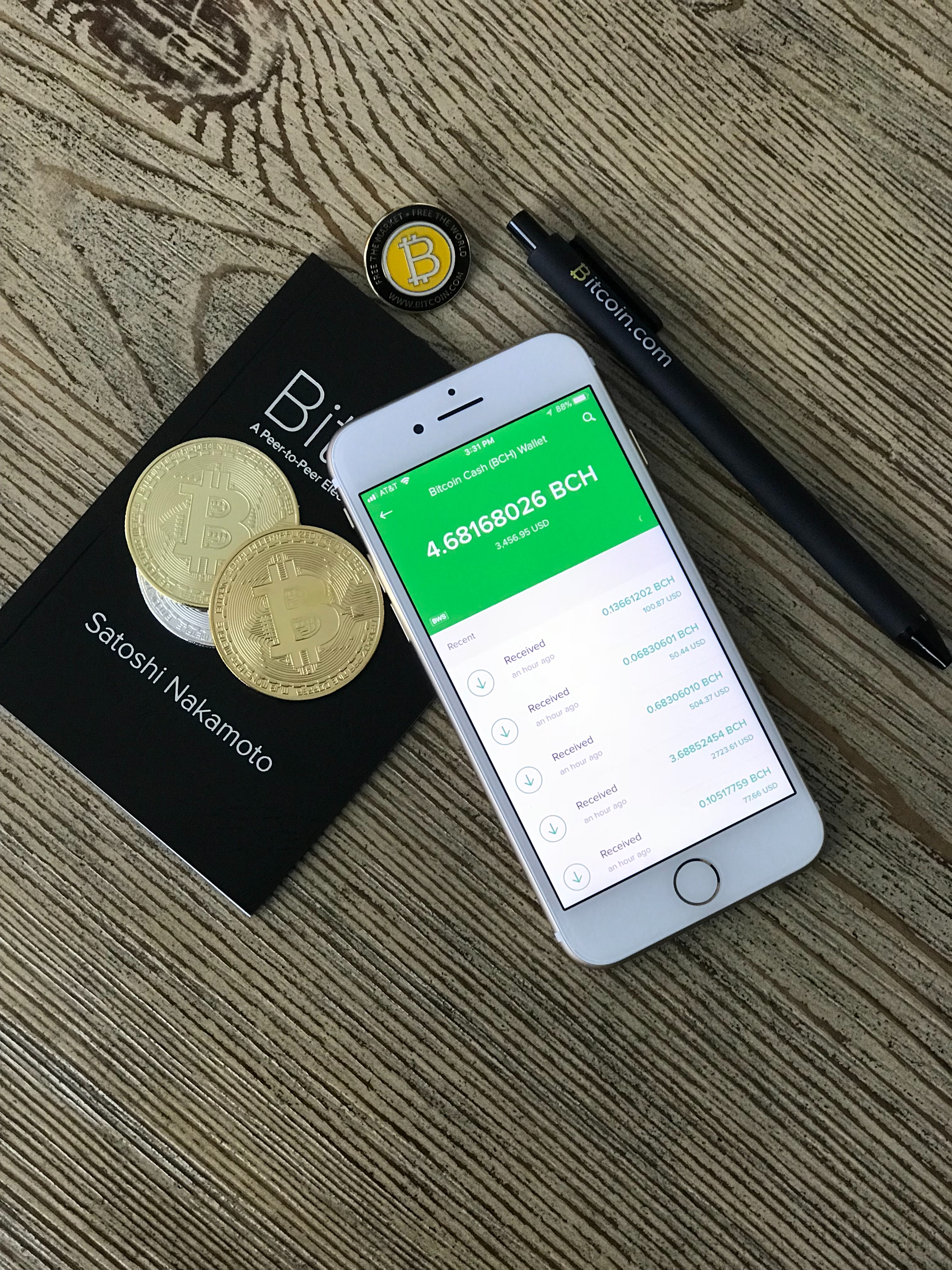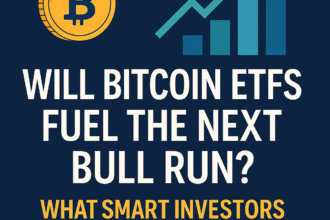Introduction
Long-term investing in cryptocurrency—often called HODLing—has become a defining behavior among Bitcoin and altcoin believers. While data and on-chain metrics often dominate portfolio decisions, one powerful factor remains consistently underestimated: investor psychology.
In this article, we explore the psychological landscape of long-term crypto holding, unpacking the cognitive biases, emotional triggers, and behavioral traps that influence decisions—even among seasoned investors. For those committed to maximizing long-term returns, understanding these invisible forces is not just helpful—it’s essential.
1. The Origins of HODLing and Its Psychological Roots
The term “HODL” was born from a typo in a 2013 Bitcoin forum post during a price crash. Ironically, it evolved into a philosophy: “Hold On for Dear Life.” At its core, HODLing is a resistance to the volatility of crypto markets—an emotional commitment to long-term conviction.
Psychologically, HODLing appeals to:
- Identity reinforcement: Investors often tie their sense of self to the crypto ethos of decentralization and financial independence.
- Tribal belonging: Crypto communities create powerful feedback loops that encourage conformity to the HODL mindset.
- Avoidance of regret: Selling before a big rally is emotionally painful; many prefer to endure short-term losses rather than risk missing upside.
2. Key Behavioral Biases That Undermine Long-Term Holding
Even the most disciplined HODLer is susceptible to cognitive distortions. Here are some of the most common biases:
A. Loss Aversion
People feel the pain of losses twice as intensely as they feel the pleasure of gains. This causes investors to panic-sell during drawdowns—even if they plan to hold long term.
Tip: Reframe price dips as buying opportunities. Use auto-invest strategies like dollar-cost averaging to remove emotion.
B. Recency Bias
What happened recently tends to overshadow long-term context. After a string of red days, investors may believe the downturn will continue indefinitely.
Tip: Zoom out. Long-term charts can help you stay focused on multi-cycle trends, not week-to-week noise.
C. Confirmation Bias
We tend to seek out information that supports our existing beliefs. Bulls ignore negative signals; bears dismiss bullish catalysts.
Tip: Regularly challenge your thesis. Follow a few credible sources with opposing views.
D. FOMO (Fear of Missing Out)
During rallies, many long-term holders break their strategy to chase speculative altcoins or over-leverage.
Tip: Pre-define your portfolio allocation and rebalancing schedule. Stick to it regardless of hype.
E. The Endowment Effect
We assign more value to assets we own simply because we own them. This can lead to over-holding losing positions or irrational portfolio loyalty.
Tip: Periodically review each holding with a fresh perspective: “If I didn’t own this today, would I still buy it?”
3. Emotional Cycles of the Long-Term Crypto Investor
Investing in crypto often follows a predictable emotional arc:
- Optimism – Entry during a bull market feels smart and exciting.
- Euphoria – Parabolic gains confirm the investor’s genius.
- Anxiety – The first correction sparks worry.
- Fear & Panic – A prolonged bear market shakes conviction.
- Capitulation – Selling near the bottom due to emotional exhaustion.
- Depression – Regret and exit from markets.
- Hope – Signs of recovery rekindle interest.
- Belief – Recommitment to the long-term vision.
Understanding this cycle allows investors to identify their emotional stage and avoid impulsive decisions.
4. Social Influence and Echo Chambers
Crypto Twitter, Reddit, Discord groups, and YouTube create powerful echo chambers. These communities reinforce shared narratives, which can skew perception.
- Positive impact: Shared conviction boosts morale during downturns.
- Negative impact: Overconfidence and mob behavior can override rational strategy.
Solution: Use community for information—not decision-making. Diversify your information diet.
5. Why Long-Term Holding Works (When Done Right)
Despite the traps, long-term crypto holding has historically outperformed most short-term strategies. Consider these advantages:
- Reduced friction and fees: Less trading means fewer tax events and costs.
- Compounding network value: Holding Bitcoin or ETH through halvings and upgrades captures exponential upside.
- Time arbitrage: Most people lack patience—those who endure market cycles gain disproportionate rewards.
Example: A $1,000 investment in Bitcoin in early 2016 was worth over $60,000 by 2021—despite multiple 50%+ drawdowns.
6. Mental Models for Smarter HODLing
Experienced investors often use mental models to stay disciplined:
A. The Barbell Strategy
Split your portfolio into two buckets:
- Core holdings: Bitcoin, Ethereum—held long term.
- Speculative bucket: Smaller cap assets with capped risk.
B. Regret Minimization Framework (used by Jeff Bezos)
Ask: “Will I regret selling this asset 5 years from now?”
C. Invariant Thinking
Focus on timeless principles like scarcity, decentralization, and censorship-resistance to guide conviction during volatility.
7. Tools to Help You Stay Objective
• On-chain analytics:
Use tools like Glassnode, CryptoQuant, and Santiment to track:
- Long-term holder supply
- Exchange outflows
- Dormancy and active address metrics
• Journaling:
Track your emotions and decisions. This builds self-awareness over time.
• Portfolio Tracking:
Apps like CoinStats or Zerion allow you to visualize allocations and performance without obsessively checking prices.
8. When (and How) to Exit a Long-Term Position
While HODLing is powerful, it doesn’t mean holding forever:
- Change in fundamentals: If a project pivots or loses credibility, it’s okay to exit.
- Rebalancing: Trim profits when allocations become unbalanced.
- Life events: Sometimes liquidity needs require partial selling—plan for this in advance.
Rule: Create an exit strategy before you need it.
Conclusion: HODL with Wisdom
Long-term holding in crypto isn’t just a strategy—it’s a psychological journey. By mastering your biases, tracking emotional cycles, and relying on data over dopamine, you can separate yourself from the herd.
In a market dominated by noise, the edge goes to those who can wait, think independently, and execute with clarity.
HODLing isn’t about doing nothing—it’s about doing the hard thing: nothing, when everyone else is panicking.








